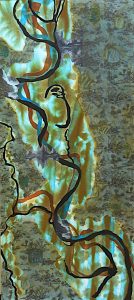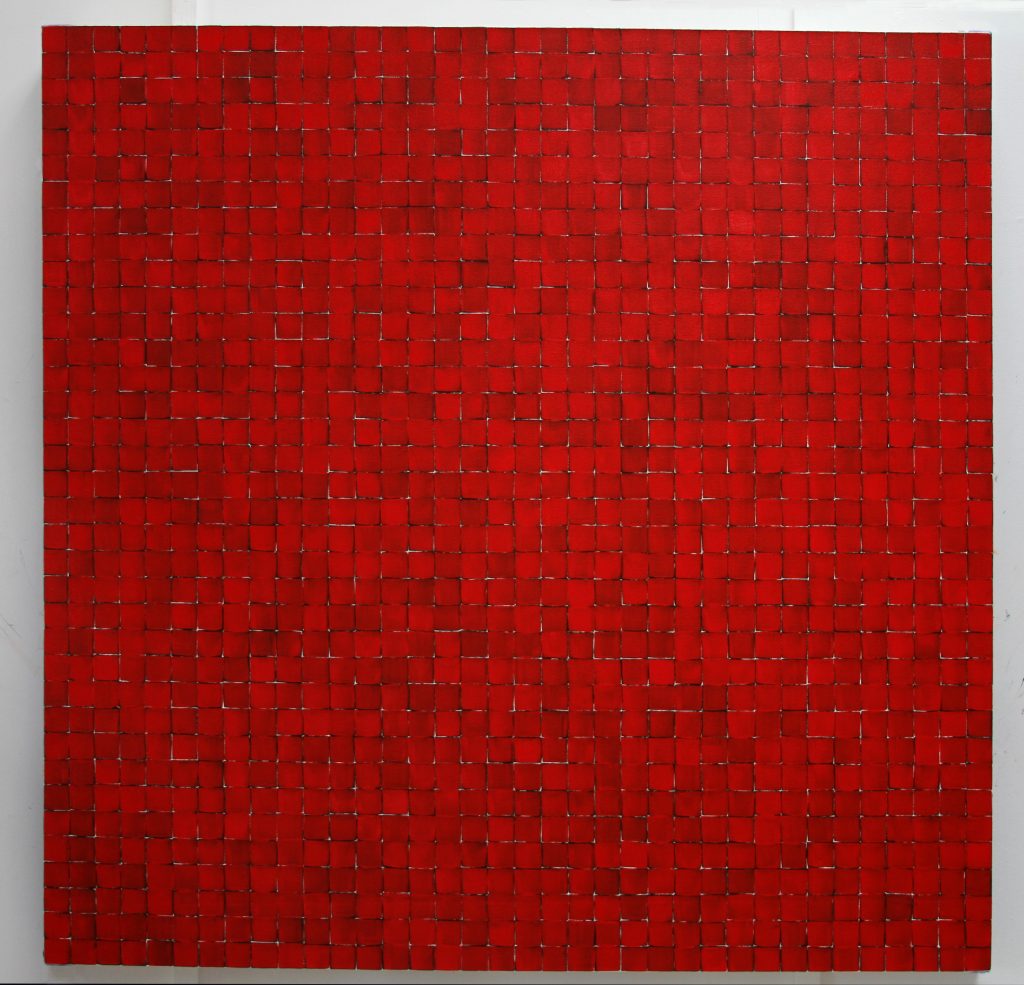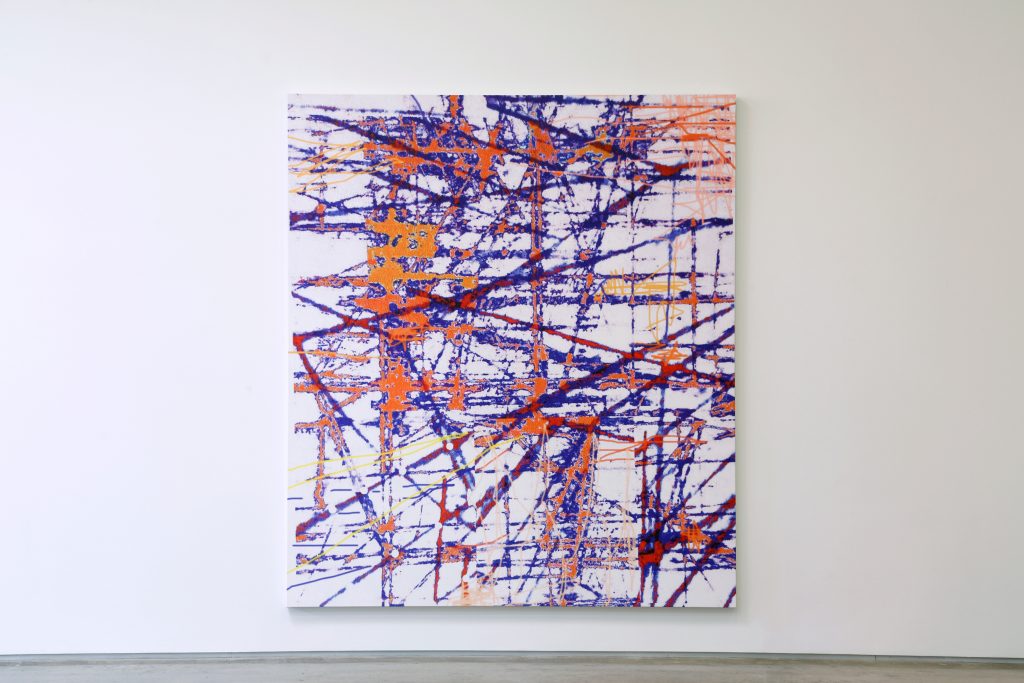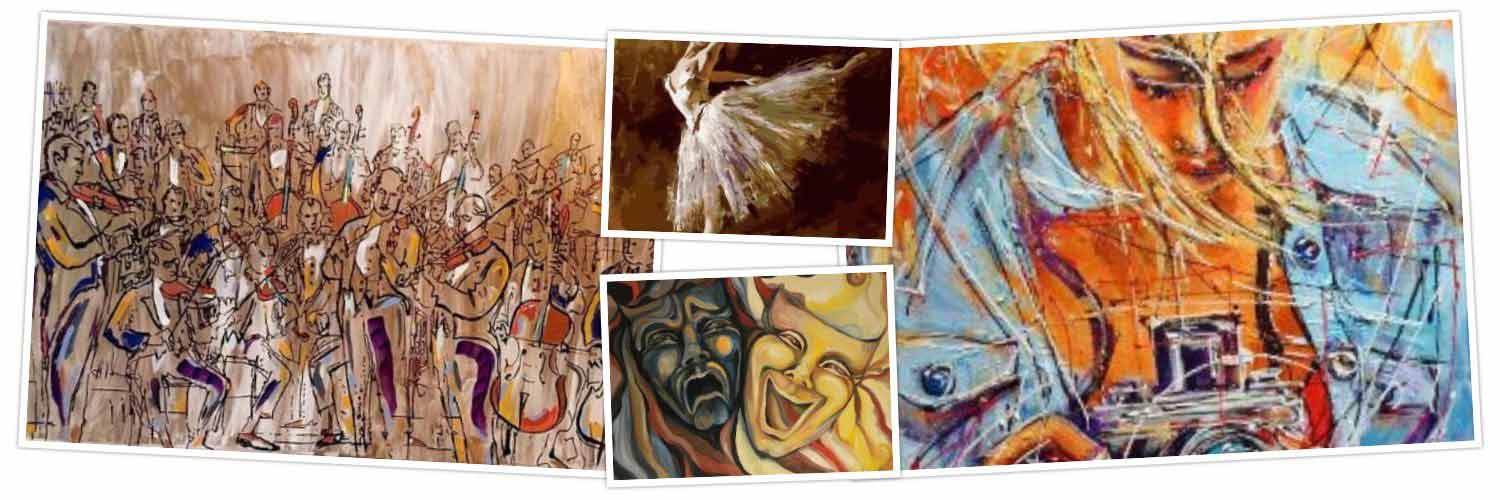SAMA Shines Spotlight on Female Abstract Artists
By JASMINA WELLINGHOFF, Editor —
Women artists seem to be on the mind of curators and museums lately. Artpace is devoting 2020 to female artists, and the San Antonio Museum of Art is currently making a big statement with Texas Women: A New History of Abstract Art, the first substantial exhibit of Texas female artists who have embraced the non-representational approach to art.

“Texas is really well known for figurative, narrative, beautiful bluebonnets paintings, but there’s a story that people don’t know, that in mid-century (20th century) there was a group of artists who turned to abstract art,” said Suzanne Weaver, SAMA’s curator for Modern and Contemporary Art. “There were many men who were great abstract artists, but there was this group of women who had been producing art for decades and this (exhibit) is a chance to look at their contribution to abstraction.”
Curated by Weaver and assistant curator, Lana Meador, the show features 17 artists of different generations, most of whom are still living and working across the state. Weaver pointed out that the oldest woman included in the show is 89 and the youngest 30.
The featured artists explore a range of themes, from the interpreted landscape and “the presence of the body” to seriation and repetition, contemplative environment and the intersection of the analog and digital worlds, explained Weaver.

At the start, viewers will encounter the work of Dorothy Antoinette “Toni” LaSelle who was one of the first in Texas to stray from representation to explore forms and colors in her geometrical “push and pull” compositions influenced by Hans Hofmann’s teaching. The phrase refers to creating a sense of energy by the way the forms and colors are positioned on paper or canvas.
Her relatively low-key pieces are followed by stunning, huge canvases by Dorothy Hood, including Flying in Outer Space, that may take your breath away. It conveys vastness, unpredictability, dislocation, mystery and infinite potential, that both lure and frighten. It is probably the most memorable image of the entire show.
Works of several artists occupy the next gallery, and the transitional area between the two. including a plurality of smallish sculptures by Sharon Engelstein that evoke body forms, and several pieces by Catherine Lee, most notably the grid painting, Chocolate Cadmium (Quanta #21), which consists of a huge number of squares meticulously painted in different shades of red. According to the curators, she was inspired to paint it when she moved to New York City and experienced the dense urban environment.

Also, in the same gallery, are mixed-media pieces by San Antonian Liz Ward under the title of Ghosts of the Old Mississippi. Intricate, evocative and layered, they were inspired by maps of the ancient courses of the flowing river as well as a few ghosts from the artist’s own past. If you look closely, for instance, you’ll discern designs reminiscent of upholstery and old-style wallpaper patterns surrounding the central image. But there’s even more to it. The title of one also says: “Dismal swamps/Northern Lights.” Ward is a professor at Trinity who, among other things, teaches environmental studies. There may be historic and environmental angles to the work but her approach turns it all into slightly out-of- focus visual poetry.
A very different take on landscape is found in Linnea Glatt’s fabric and thread drawings and wall sculptures, which are subdued in color, reflecting the landscape of her native North Dakota though in very abstracted forms. Another San Antonian, Constance Lowe, is also included with her characteristic geometrical collages inspired by aerial depictions of Midwestern farmlands.
In a separate little room, you’ll find an installation by Margo Sawyer, a widely exhibited artist and a former Artpace artist-in-residence, who teaches at UT Austin. Titled Reflect, and filled with light and geometric forms, the installation aims to create a spiritual, contemplative experience through art. It would be nice if you could sit in the middle of the space for a longish while. Just viewing it for five minutes is probably not going to put you in a contemplative frame of mind but you may appreciate the artist’s interest in the intersection of special spaces and spiritual rituals that humans have for millennia considered of great importance.

Several large pieces will welcome you in the next gallery, including Lorraine Tady’s Octagon Vibration Series/ Frequency Piccadilly Circus, and Liz Trosper’s Toothy Zip, both examples of using both analog and digital means. Tady’s piece is especially interesting. Her process is fairly complex, involving many steps in the building of the final image, which – surprise! – looks like an almost pulsating, painterly rendition of construction scaffolding. Clever parallel between process and product!
SAMA should be congratulated for putting this exhibit together and literally educating us about artists who deserve to be known. We plan to return for a second visit.
Texas Women: A New History of Abstract Art will be on view through Mat 3. San Antonio Museum of Art, 200 West Jones Ave.; $10-$20; $5 during free museum admission periods; for info call 210-978-8100 or www.samuseum.org
